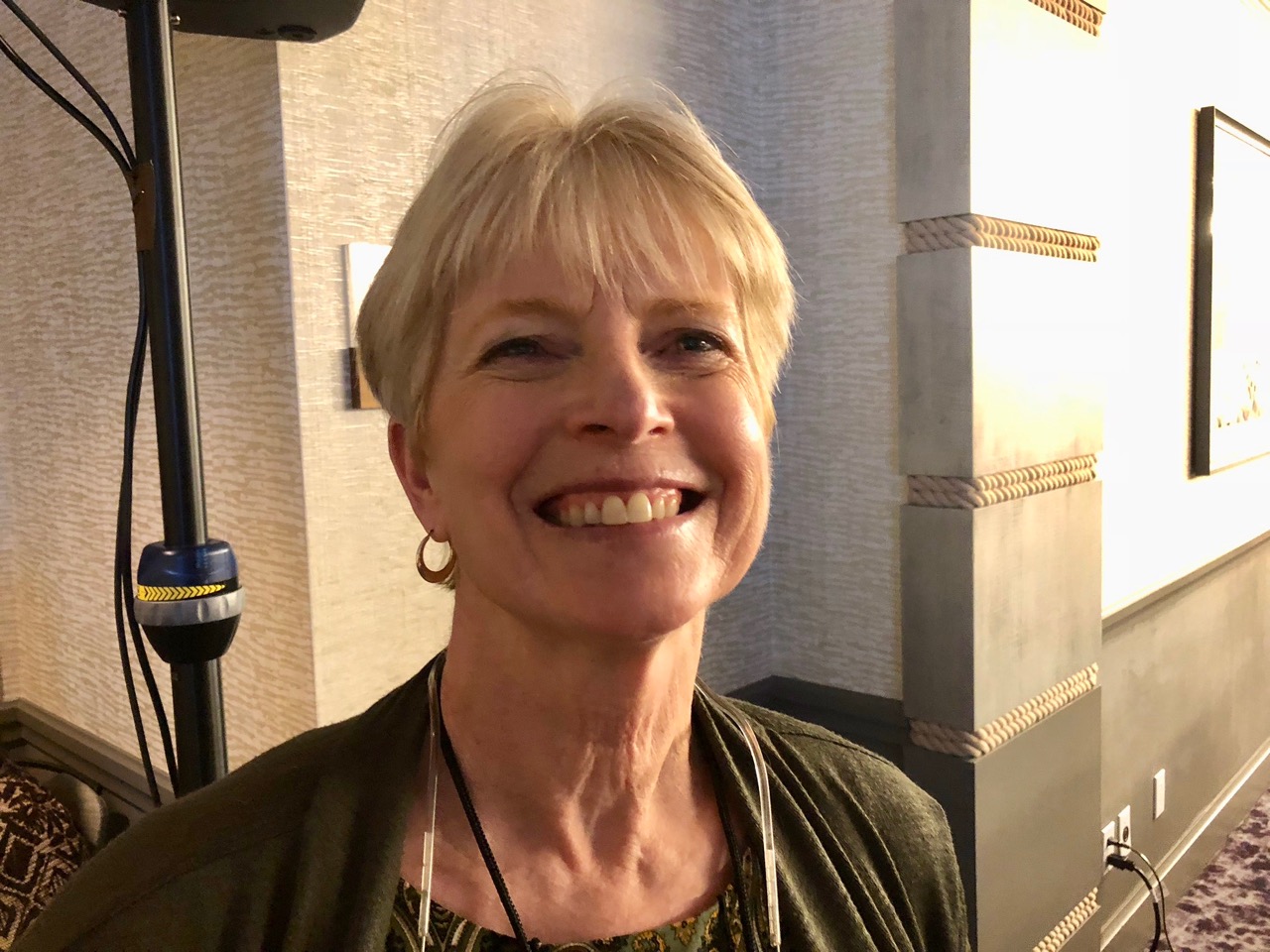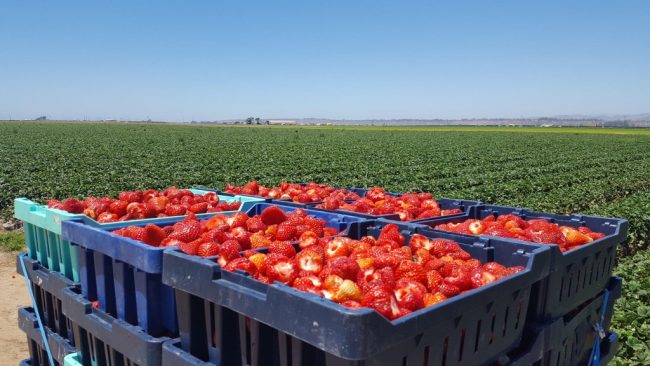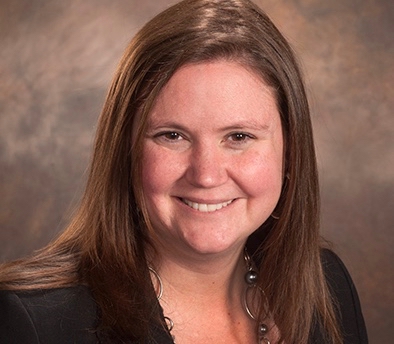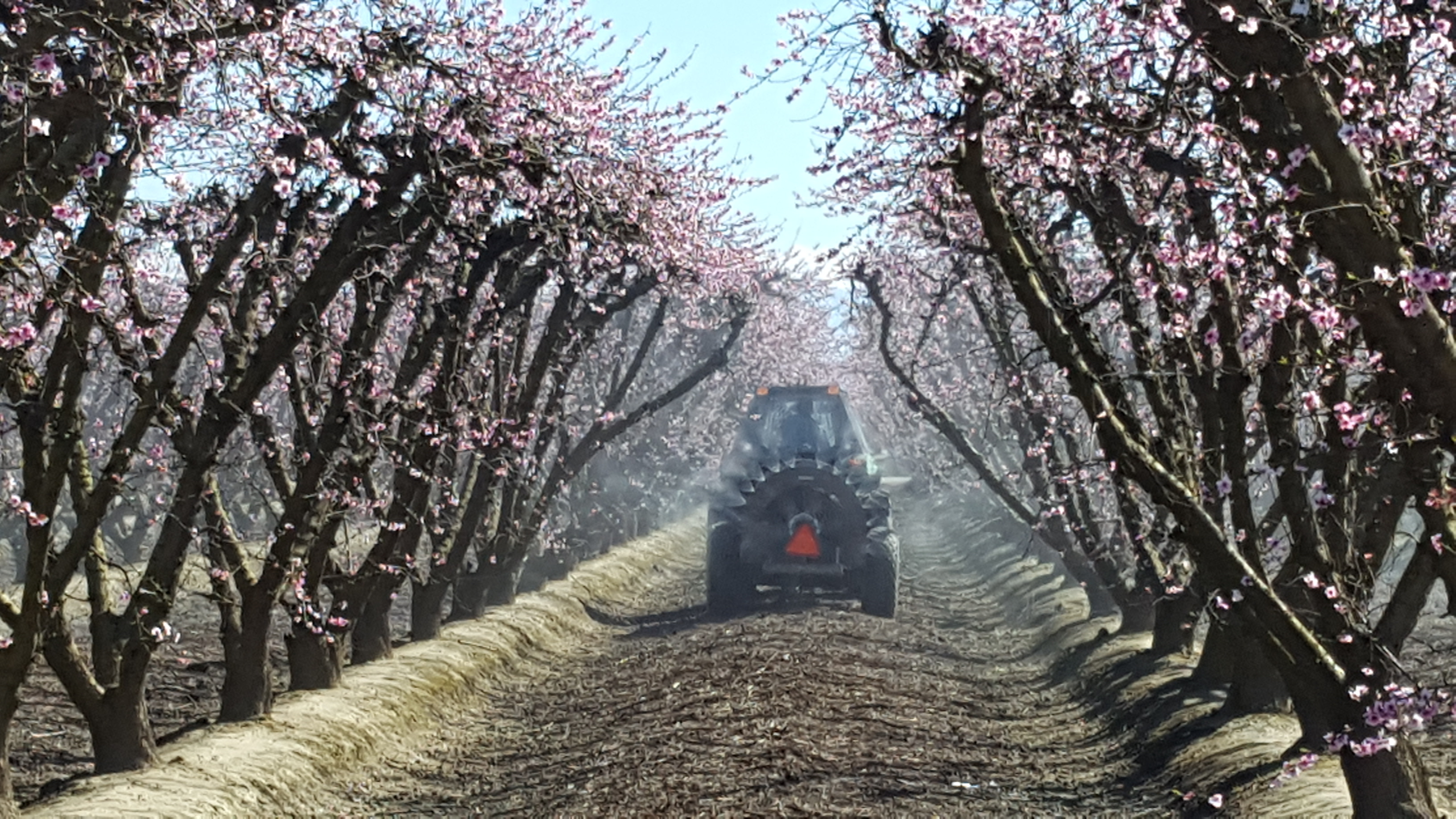Charlie Arnot: A Better Way to Talk To Consumers About Ag
Listening to Customers Concerns Will Help With Skepticism
By Patrick Cavanaugh, Editor
There are biases against large-scale businesses, according to Charlie Arnot, CEO of The Center For Food Integrity. He said that listening to customers concerns will help with the skepticism.
“The fundamental bias we see against size and scale is a belief that the larger companies, the larger entities, will put profit ahead of public interest. We know that’s not true,” Arnot said. “Those of us who work in agriculture … know that the people—the men, and women who work in agriculture—are terrific. They’ve got values that resonate. They’re committed to doing what’s right. But because of the size, the scale of agriculture today, it raises greater questions.”
Arnot explained that this means that the ag industry needs to embrace that consumer skepticism and be willing to address those questions and not be defensive.
“We want to help people understand that yes, the size and scale has changed, but our commitment to do what’s right has never been stronger.
Consider the adage, “it’s better to make a friend than win an argument.”
“And when you get into that conversation, do you want to win an argument or do you want to win a friend?” Arnot asked. “You know, what’s important to you? And frequently if we listen hard enough, we can hear people’s values. We can listen to what they’re talking about and find that place of connection.”
“So when someone says, you know, ‘it makes me uncomfortable to see all the pesticides and the spraying on all the produce in California. I don’t think it’s safe.’ We can either defend pesticides and applications of crop protection chemicals, or we can listen to say, okay, well [what] I heard them say is they care about safe food.”
“Terrific. I care about safe food. Let’s have a conversation about our commitment to safe food as opposed to a conversation about trying to defend pesticides or crop protection chemicals,” Arnot explained.
He said that consumers have many needs when they’re making decisions about food. “Historically, we’ve thought about their rational needs. We’re going to give them information, but they also have social and emotional needs that they’re trying to meet as well.”
“They want to feel good. They want to have that emotional reinforcement [that] they’ve made the right decision for their families. They want to have confidence and feel good [that] they’ve decided to buy food that’s going to be safe and nutritious,” Arnot said. “They want to get that social reinforcement when they bring it out of the bag, when they talk to their friends, when they post a picture on Instagram or Facebook about what they’re doing. They want people to reinforce [that] they made the right choice about what they purchased.”
For more information on the Center For Food Integrity: http://www.foodintegrity.org/























